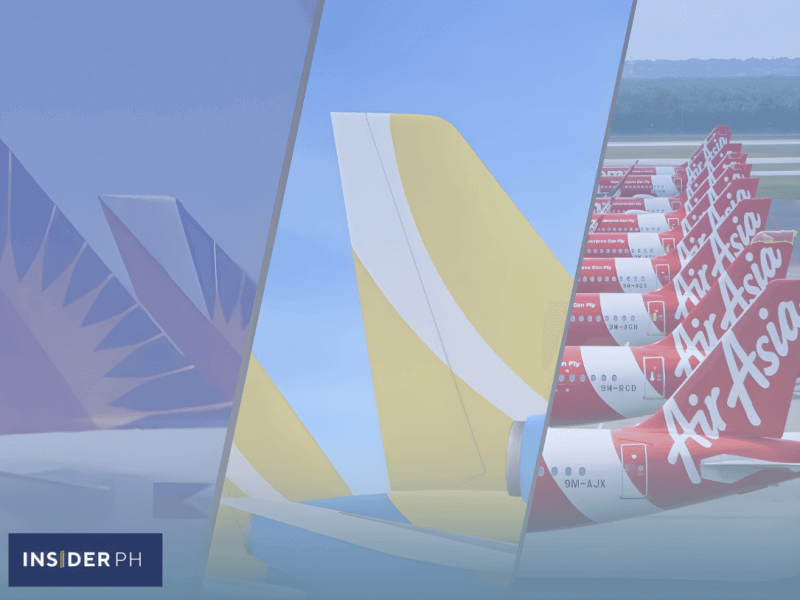

The airline is revving up plans for an initial public offering (IPO) and is considering selling 20 to 30 percent of its Philippine operations, with Fernandes preferring a public listing over selling to private investors.
Discussions with investment banks and regulators on its valuation are ongoing, he added.
NAIA: A key hub
At the same time, AirAsia is strengthening Manila’s role as a gateway between Southeast Asia and the United States, leveraging its proximity to China, Japan, and South Korea.
Fernandes sees the improvement of Philippine airports, including NAIA—now operated by tycoon Ramon S. Ang’s San Miguel Corp.—as a game-changer, further reinforcing Manila’s position as a key hub.
“Working with Ramon has been great. He’s humble, down-to-earth, and very hands-on,” Fernandes said.
The Doha or Dubai of Southeast Asia
The arrival of the Airbus A321neo XLR enables the airline to build an efficient transpacific network, positioning Manila as a launchpad for flights to the US.
“We are working toward building Kuala Lumpur and other hubs in ASEAN to create a Doha or Dubai-like hub in this part of the world,” Fernandes told Philippine reporters on Wednesday.
“My vision is for Japanese, Korean, and Chinese travelers to fly to Manila and use it as a transit point to the West Coast, the East Coast, and eventually Latin America,” he said.
“America is in our sights,” he added.
To support its expansion, AirAsia is adding 14 new aircraft this year, with three to four Airbus planes set to be deployed to the Philippines, expanding its 16-plane fleet, Fernandes said.
